Assessment Matters: What It’s All About?
Contents
- What is an Assessment?
- Basics and General Principles of the Assessment Process
- Objectives and Goals of an Assessment
- How the Assessment Affects, Positively, the Learning Process?
- Some of the Latest Tools and Methods of Assessment
What is an Assessment?
Assessment is an integral part of the learning process. It is a major part of the educational system in all its dimensions and aspects due to its importance in determining the amount of what is achieved from the desired educational goals, which is expected to reflect positively on the student and the educational process in general.
Assessment can also be defined as an effective procedural mechanism for diagnosing strengths and weaknesses and measuring student performance and academic achievement.
The assessment includes gathering and analyzing information about the student’s performance and then making appropriate decisions that enable the teacher to overcome the student’s shortcomings, and also helps him to know the student’s educational development needs.
Furthermore, assessment system promotes and develops the learning process to be more productive and improves learning outcomes.
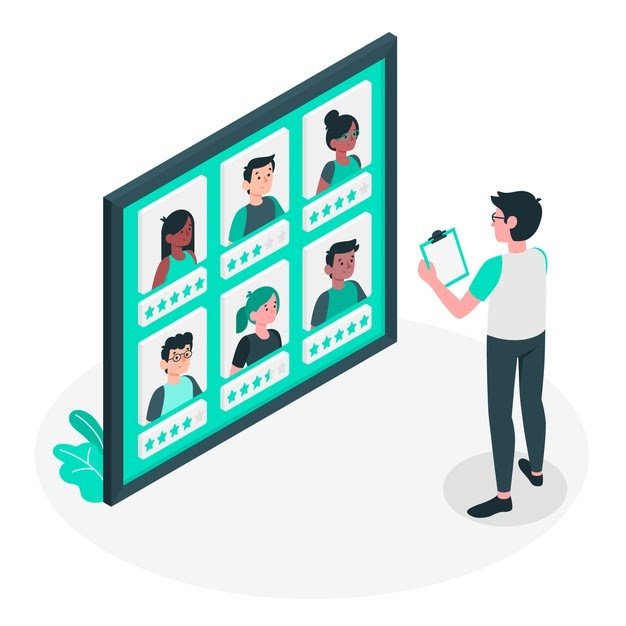
Basics and General Principles of the Assessment Process
- Assessment is an integral part of the learning process. It is a major part of the educational system in all its dimensions and aspects due to its importance in determining the amount of what is achieved from the desired educational goals, which is expected to reflect positively on the student and the educational process in general.
- Assessment is a means, not an end in itself.
- Assessment should be a holistic process of different aspects of student growth, so it should cover all student activities in school.
- Assessment should be concerned with measuring the development of students in all cognitive, emotional, and psychological aspects. And know personal trends, tendencies, and personal.
- Assessment must be planned and targeted and have clear, specific pedagogical purposes.`
- Information, data, and facts are essential elements in the assessment process. Results depend on the quality and accuracy of the tools used.
- The criteria on which the assessment process is conducted must be determined.
- Assessment is a way to improve and improve performance, and it is an ongoing process throughout the school year.
- Assessment is a technical process that should be carried out by trained teachers with adequate experience.
- The assessment process must be fair, impartial, objective, and reliable.
- The principle of equal opportunity and non-discrimination must be achieved in the assessment process.
- Consideration should be given to individual differences, and assessment should be made appropriate to the real level of students.
- The assessment process should include immediate feedback that helps the student to make a comparison and identify his weaknesses and to work out plans and implement them to address the weakness.
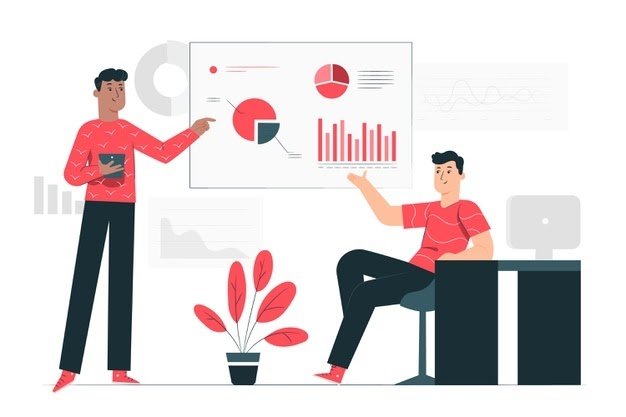
Objectives and Goals of an Assessment
- Assessment is the main way to determine how effective the learning process is and how well students can learn and develop.
- The assessments also help teachers improve teaching methodologies and help educational departments develop the mechanisms needed to improve the educational process and curriculum, as well as being the main factor in finding a solution to anything that prevents student growth.
The assessment objectives are summarized in the following:
- Guide students’ learning in the desired direction
- Identify the strengths and weaknesses of students to address and avoid weaknesses, and capitalizing on the strengths.
- The student is aware of his learning results, and he has a clear idea of his performance. Then, to determine subjects should be focused on to progress.
- Motivating students to learn.
- Analyzing the school topics, and clarifying the relationship between them.
- Establish a program of therapeutic education
- Self-assessment opportunity: When reporting the results of the self-assessment, the student evaluates himself in terms of effort, time, success, and considers how he can improve his performance, as well as other scientific topics he wishes to teach.

How the Assessment Affects, Positively, the Learning Process?
Student
- The assessment is an incentive for students to continue learning and work to improve their academic level.
- The assessment helps the student to identify and develop strengths and weaknesses and treat them.
Teacher
- Assessment is a way to diagnose the strengths and weaknesses of educational activities or the teaching aids he used.
- Assessment is a way to identify student levels and strengths and weaknesses that help guide them.
- Modify, improve, and develop teaching methods.
- Improve communication skills with students.
Curricula
- Provides the necessary information for the sound science development process to be developed.
- Increases the effectiveness of curriculum implementation.
- Helps Decision-making on curricula on a realistic basis and sound information.
School
- The assessment or self assessment helps the school review its goals and how appropriate the curriculum is to achieve these goals.
- The assessment helps the school divide students into suitable groups, either in classrooms or in activities groups.
- Achieving effective management and the good use of resources and capabilities and investment for human competencies represented in the faculty and staff at the school.
- It helps the school comparing its achievement and performance to that of other schools.
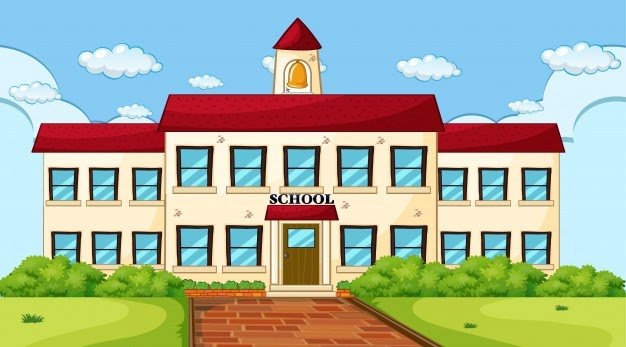
Some of the Latest Tools and Methods of Assessment
The tests were the most common method of assessment in educational institutions and are almost the only way of assessment, but these tests are beginning to be criticized and slowly lost their status as an assessment tool. They do not provide the desired objective and do not lead to a significant development in students’ mental and mental abilities.
Education specialists have thus begun to consider appropriate alternatives and innovate new ways more appropriate to the spirit of the times and more capable of achieving educational goals.
- Assignments
- Asking oral questions to Students to measure and develop their different levels of thinking
- Activities during the class including answering some questions
- Observation: Watching students closely to find out how they are learning and providing continuous support to them
- Peer Assessment: Students assessed each other, such as how students measured each other’s contribution and engagement in group work
- Self-assessment: students assess their performance and work
- Creative assessment
- Achievement file: A file containing samples of all types of assessment tools to represent the entire student production to form an important part of the student assessment
- Conceptual maps
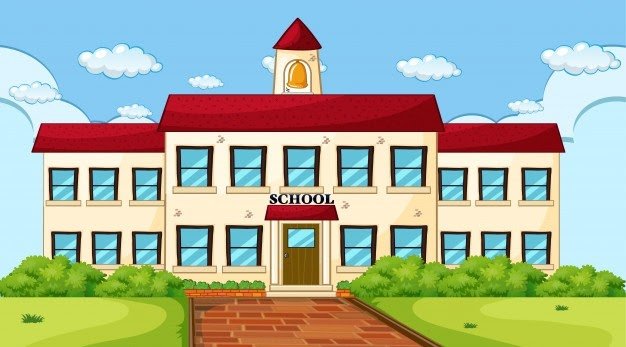
In the following, we will present some of these methods in details
- Oral tests
- Creative assessment
- Conceptual maps
- Self-assessment
- Achievement file
1 ORAL TESTS
It is a method to assess the learning of students who can express orally rather than in writing.
Teacher’s role:
- Determine the organizational controls for the oral test, such as time, place and subject, or any other controls it deems appropriate.
- To ensure that the oral exam takes place in a calm and friendly atmosphere that helps to collide thoughts and information.
Assessment criteria:
- The student must focus on topics related to lessons.
- Compliance with the organizational controls set by the teacher.
- Time can be added as an arbitrator, meaning that the student has to fulfill all aspects of the subject in the time specified by the teacher.
This method is used as a final evaluation and is useful in measuring and stimulating contemplative and creative thinking and generating post-study questions.

2) Creative Assessment
An assessment method that is linked to non-traditional learning styles and strategies that are based on individual, talent care, and innovation, in which students are free to provide evidence of how they employ many resources in teacher-selected subject learning such as:
- Scrapbook: They are pasting books on their pages photos or newspaper clippings.
- Home videos and graphics.
- Audio files.
- Optical materials and electronic media such as pictures, videos, and multimedia files.
Teacher’s role:
- Defining the required topic and collecting information about it if this method is used as a group assessment method, and at an advanced stage, the definition can be left to the student himself.
- To give students unlimited freedom to be able to demonstrate their creativity and diversity in accessing basic information and facts.
- Working to confirm the agreed scientific facts, concepts, and rules.
- Mentoring, guidance, and support to avoid frustration among students, especially when using this form for the first time.
Assessment criteria:
Since this method is called a creative assessment, the door to innovation is open to students provided that:
- The student’s work relates to the content of the topic logically and acceptably.
- Uniqueness and non-repetition.
- This model is useful for measuring how students use skills Higher order thinking such as application, analysis, synthesis, and assessment can also be used as a catalyst or as a structural assessment during unit instruction.
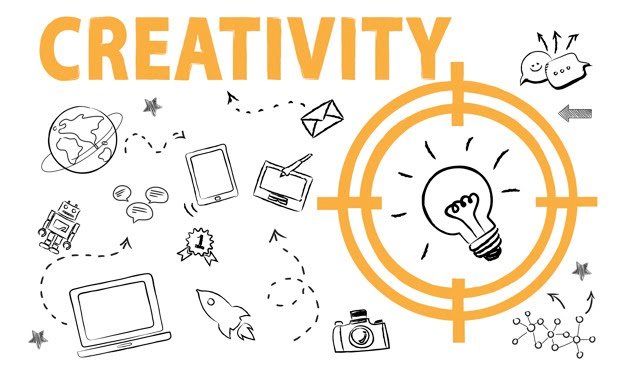
3) Conceptual maps:
The conceptual mapping method is considered one of the most prominent educational applications of the Özbel theory in cognitive learning, and the first to indicate this method of teaching is the scientist “Novak” in 1984 and mentioned it in his book with the scientist Gwen in their book known as “learning how to learn” (Novak and Godin, 1995 Novak have stated that concept maps “represent a meaningful relationship between concepts in the form of contents and these contents are two or more concepts related to each other by words in the context of meaning.”
The conceptual map is one of the teaching and assessment strategies at the same time because of its wide uses in both fields. The teacher can adapt it as a teaching method through the sequence in presenting concepts, and determining the relationships between these concepts. In addition to employing them in the evaluation process by asking about relationships, the sequence, or the concept hierarchy. Many educational and technological programs can be used to construct a conceptual map.
And hierarchical concept maps, which is the dominant and well-known type of concept map, which shows the relationship between concepts, but hierarchically, so that the general concept is at the beginning, followed by less general concepts and examples at the end.
Conceptual maps are among the important maps in building the learning process because they are familiar with the topic in all its aspects through links, lines, and colors that are popular with students in terms of ease of design, preparation, and ease of reference.
Teacher’s role
- Tries to link the relations between the parts of the topic by drawing a map or a map showing its components.
- It works to clarify the relationships that link parts of the topic using the lecture method.
- Scholars are required to create a knowledge map of the same topic of their creativity.
Assessment criteria
- Concepts on the mind map should be directly related to the lesson topic.
- Hierarchical relationships the general concept emerges from the least general
- The information must be correct
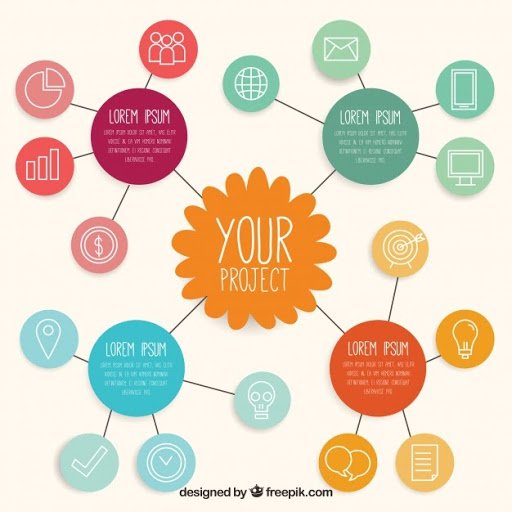
4) Student Achievement File (Portfolio)
It is one of the tools that has come to occupy an important position among the original assessment tools.
The student, providing evidence or documented evidence of the progress of his learning.
It includes a sample of the learner’s achievements and activities that he chooses himself, such as:
- A student’s CV.
- Results of exams and assessment tools.
- Samples of the student’s writings and articles
- Some reports include summaries of research, experiences, and activities
- Summary of individual and group projects undertaken by him.
Importance of using the Student Achievement File (Portfolio)
The achievement file is a useful assessment tool for the student, as it contributes to:
- Developing critical and creative thinking skills, organizational skills, and autonomy
- Include the student in assessing the progress of the learning process.
Teacher’s role
- Instruct students to create the portfolio and its core divisions.
- Explain the principles of assessment
Assessment Criteria
- File Portfolio Aesthetics
- Get an introduction explaining the objectives and content of the portfolio
- Diversity and accuracy of components.
- Sort the content in chronological order.

5) Self-assessment
One of the characteristics of self-assessment is to involve students in setting levels and criteria for application to their work, and to make judgments about their achievement of these criteria and levels, so that self-assessment is a tool or means of reflection, learning, monitoring, and self-control of performance. And freedom from the teacher’s authority in the self-assessment to what can be called an active assessment.
Teacher’s role:
- Introduce students to the goals of a class, subject or lesson, and how to achieve them.
- Informing students of the importance of self-assessment.
- Definition for self-assessment.
- Provide frequent practice of self-assessment to develop his skills.
- Make comments that reinforce the student’s work and straighten it for himself.
- Clarify the next steps in the assessment and urge the student to reconsider his assessment and the methods he used in that.
- Identify resources, methods, or tools that can help students progress toward goals.
- Assist in identifying appropriate assessment tools for the target or content.

Assessment Criteria
- The student’s ability to define the goals and objectives that he must strive to achieve.
- The student’s ability to develop appropriate plans to address learning deficiencies.
- The student’s ability to implement procedures to judge the extent of verification dent in assessing the progress of the learning process

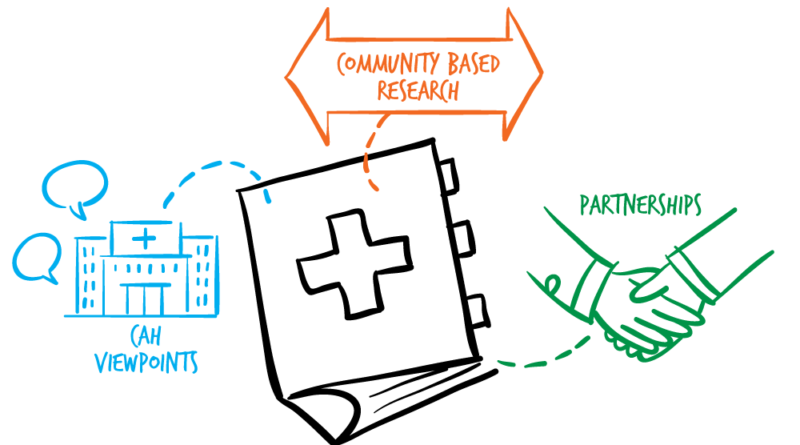



Pingback: ACADEMIC WRITING- A Must Do in Your Ph.D
Pingback: A Comprehensive Guide to Successful Thesis Writing | Bachelor Thesis